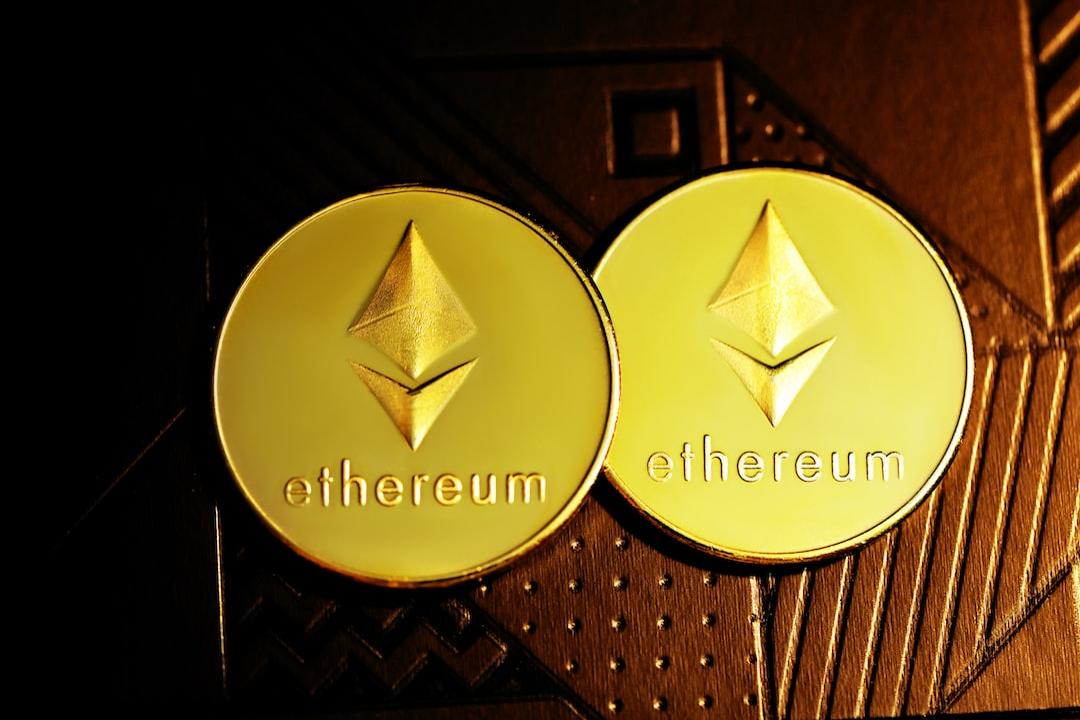Author: Lao Bai, Partner of Investment Research at ABCDE Capital
Yesterday
Discussion on the Dilemmas of ETH on Twitter
This has sparked a lot of private messages and comments from friends, so I would like to summarize some points and provide a follow-up.
1. Is Based Rollup the solution for ETH’s predicament?
My view is that it is uncertain in the long term, but it will not be in the medium to short term. If Based Rollup had been the mainstream technical framework for Rollup from the beginning, it might have had promise, but now it is quite difficult.
First, several mainstream L2s have no incentive to transform into Based Rollups; why would they give up their established rights and benefits? Second, the interoperability that Based Rollup has been advocating seems challenging to achieve after discussions with other technical KOLs. It is unlikely that all Based Rollups would coincidentally use the same batch of L1 validators to order and package transactions. Third, in order to maintain user experience, Based Rollup must add pre-confirmation, which resembles the initial Validium concept and poses certain security risks. Some international ETH technical KOLs strongly oppose this technology.
2. What applications can Solana provide that ETH cannot?
The answer is that there are none from a technical perspective, but the world has never been solely about technology.
Why did PumpFun, AI Meme, Depin, and Payfi emerge on Solana rather than ETH or any L2? This is actually the first time in ETH’s history that it faces a competitor skilled in operations (What? You mention EOS and Dot? Their operations are truly… hard to describe). How many innovations has Tencent created from scratch? QQ is modeled after ICQ, and Honor of Kings (note: refers to “王者荣耀”) is modeled after LOL, yet which of these did not become immensely popular and profitable? Today, Time.Fun has also migrated from Base to Solana, which is clearly not due to technical reasons, but rather considerations of culture and operations.
3. Why does the track distribution chart not include AI with Near, Depin without IOTEX, and Games without BNBChain and AVAX?
This track distribution chart primarily reflects the distribution of hundreds of first-level market projects I have discussed over the past six months. Many are still beyond public view, with no external financing information disclosed, thus it does not represent existing projects with tokens in the secondary market. Furthermore, our fund cannot discuss every new project on the market, so the sample is limited. This is simply a market distribution situation observed from my personal perspective, shared with everyone.
4. How can there be so many projects developing on the mainnet when Monad and MegaETH have not yet launched? Lao Bai, are you trying to push your own agenda?
Star public chains are different from ordinary public chains. Even before the mainnet, and even the testnet, dozens of new projects are already being developed and built on them, with various Hacker Houses and incubation activities taking place rapidly. Monad, MegaETH, and Berachain are typical representatives of this type.
As for pushing my own agenda, ABCDE is indeed one of the early investors in MegaETH, but we have not invested in Monad and Berachain. However, I have not hesitated to praise Monad in the list, even though it is the biggest competitor to our portfolio MegaETH. This is because their ecosystem is indeed well constructed and their technology is sufficiently robust. The future market can accommodate the joint prosperity and progress of two ultra-fast EVM public chains. They are both competitors and friends.
Monad – Make EVM Great Again!
MegaETH – Make Ethereum Great Again!
Original link:
Lao Bai’s X, this article is an extension of “ABCDE Partner: Discussing Ethereum’s Current Predicament from the Perspective of the First-Level Market.”

